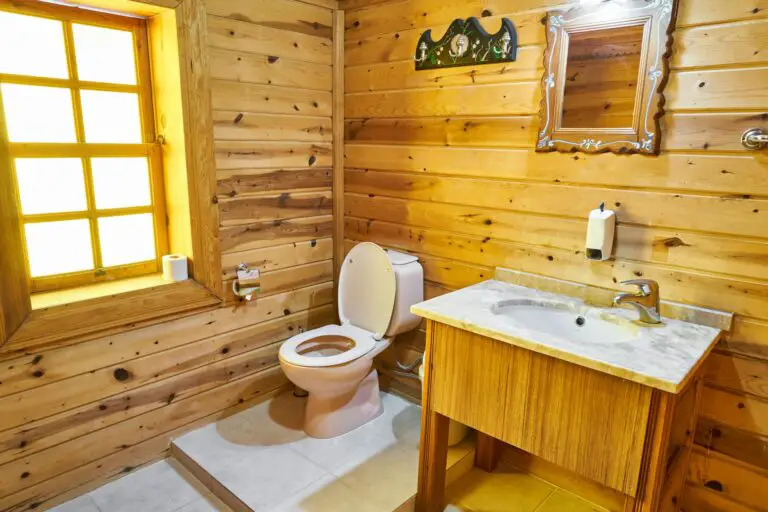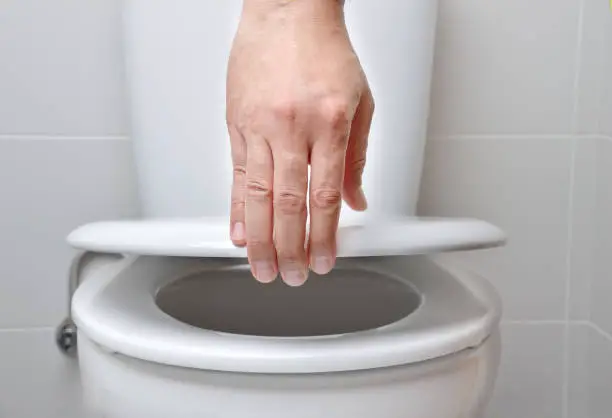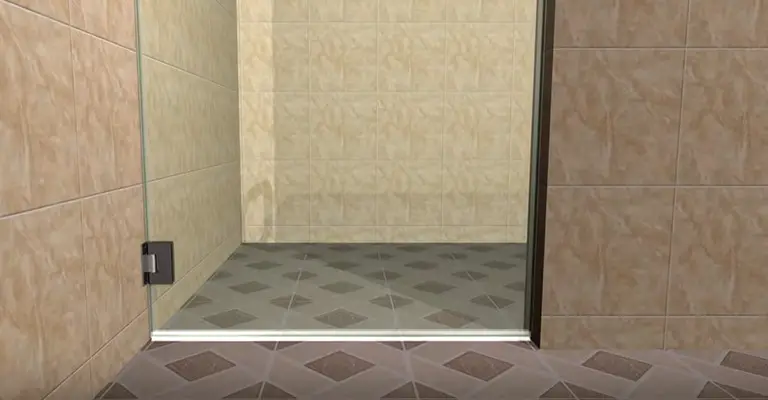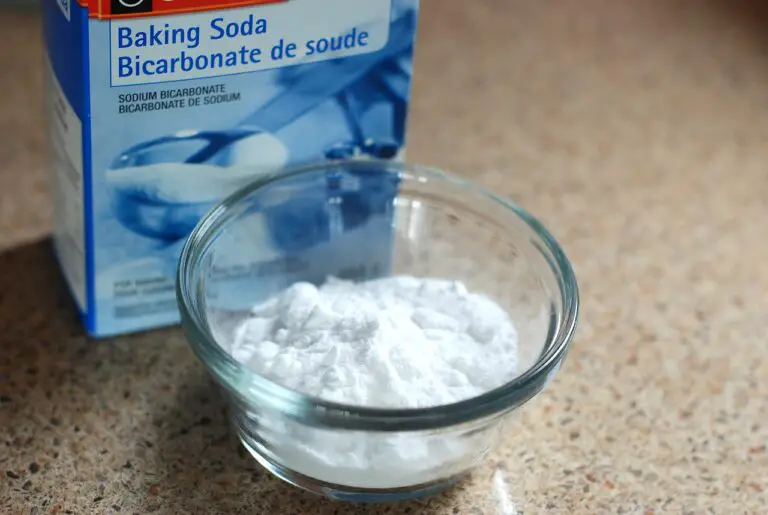Water Is Seeping Through Tile Causes And Fixes
Water seeping through tile grout joints can cause mold, mildew, and other types of damage to your home. If this happens frequently, you may need to consider having your home professionally inspected for damage.
A high-water table on your property or water being directed toward your house can cause water to come up through your tile grout joints. In addition, the concrete slab does not have a vapor retarder to prevent water from migrating through it.
What Can Be Done To Stop Water From Seeping Through Tile Floors?
Those living in the house are irritated by this problem. Unfortunately, there are a lot of problems that may require demolition, whether it’s a seepage issue from a cement floor or an underfloor leak from tiles.
The structure of the house may be severely damaged if the problem is left unresolved for a long time, and no way to prevent it from repeating is found to prevent it from occurring again.
The Most Common Causes Of Water Under Tile Floors
Water under a tile floor can be caused by various factors, which can be better understood to address the problem. You can also prevent future issues with your floor by understanding the general causes of water damage to bathroom tiles.
1. Tile And Grout Issues
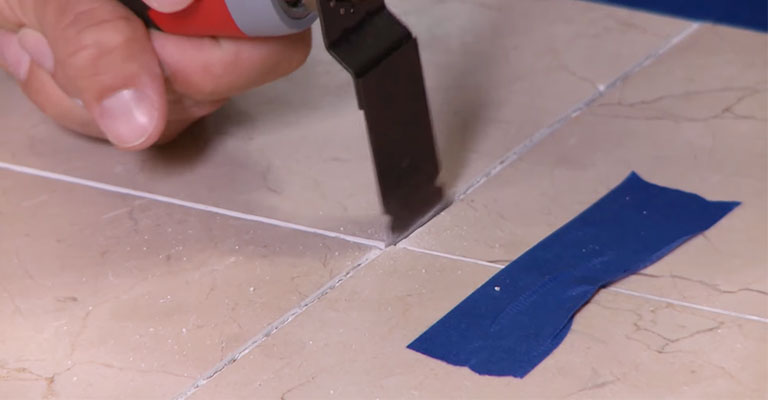
It could be that your flooring isn’t as waterproof as it once was if you’re sure the water isn’t from leaks from below. The grouting between your tiles can be damaged, which can cause small amounts of water to seep under them.
It is important to regrout your floor as soon as you notice an area of damaged grout or not properly watertight. You can also experience grouting issues, which can cause your tiles to become damaged, allowing water to penetrate. Make sure your tiles don’t have any cracks.
Water can seep through even the smallest crack in a tiled floor, spreading to the underside. To prevent water from spreading under a tile floor, replace any cracked tile immediately if you notice one.
2. Issues Related To Leaks And Draining
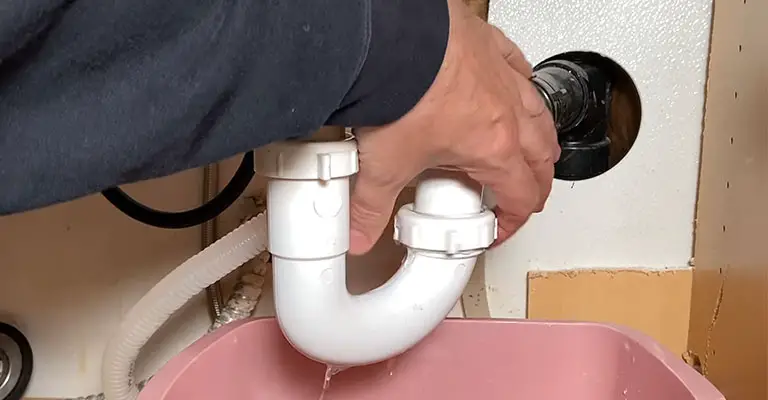
A leak under your bathroom tiles is the most common cause of water underneath your tiles. A loose connection between the main line and certain bathroom fixtures can result in water collecting under a tiled floor if one of these connections becomes loose.
It can be tricky to locate hidden leaks, but there are a few tips you can follow to make the process easier. Start by determining where the most water damage is, and then work backward to find the source of the leak. The room below can also be checked for any water pooling around bathroom fixtures or any dripping.
Bathroom drainage problems are another common cause of water damage to bathroom tiles. The bathroom in a home that is exposed to the outside might be vulnerable to water damage under the tiles if water enters from outside.
Determining The Cause Of Water Under Tiles & Fixes
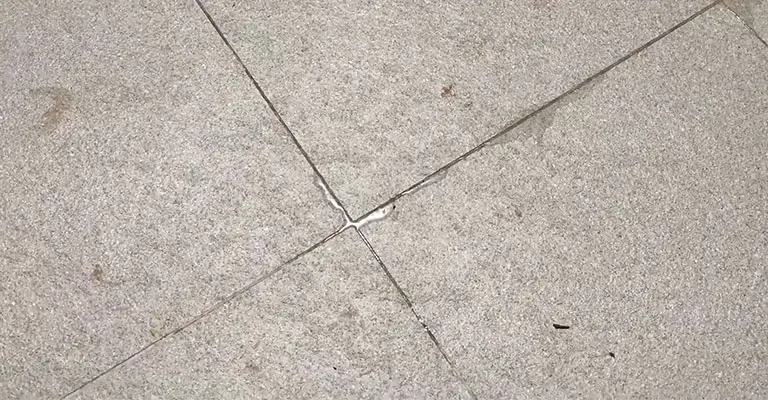
You first need to know how to detect water underneath a tiled bathroom floor before determining the cause. Your tile floor may be experiencing water damage if you observe a few different things.
You can tell that your bathroom flooring is wet if your tiles are loose. Tile adhesives can become weak when water exposure, resulting in the tiles moving about or even coming off.
The movement of your tiles is definitely a warning sign of water damage below, especially if there are no signs of water or flooding on the floor’s surface. It is also possible to notice the warping or dipping of your floors.
Your subfloor can change shape due to water damage, leading to an uneven floor surface appearance. It is possible to notice subfloor damage underneath your crawlspace or basement.
Be on the lookout for mold that appears unexplained. Keeping your floors clean and drying regularly will help to prevent mold outbreaks, which can be caused by water underneath the tiles. Mold grows quickly in damp areas.
What Causes Water To Seep On The Ground During Floods?

The flood situation in many areas is another cause of water under a tile floor that can be difficult to resolve. Many homeowners have blocked sandbags and masonry, used waterproof materials to block them, and taken every possible measure to prevent water from entering their homes.
Still, water seeps along the edges of columns and walls, and water splashes inside the house. The water level outside a tiled or cement floor during flooding is not even higher than the sandbag level.
The soil layer can be penetrated by the water mass surrounding the house. Cracks in the concrete floor can occur when the groundwater level rises above the floor level. This can lead to water seepage or springing up from the floor if water masses penetrate through the cracks outside.
If water is pushed up in this manner, it cracks the cement floor or causes water to push under a tile floor, causing it to slip or crack. But don’t worry, there is still a way to stop water seepage through cement floors due to flood pressure, which may be unknown to many people.
In other words, drilling holes in underground water can allow water to drain at a specific location. After that, the pipes are connected so that the water travels together and is pumped out. Sometimes, the drill will be positioned in the corner of the room or in an unusual location in the house.
Bringing joints may be used depending on where the floor is being drilled. You could also use a PVC joint with a screw and molded stopper cover when it’s not being used. Furthermore, by using this method, the floor structure of the house remains solid and safe while draining water.
The Cause And Solution Of Water Seeping On The Floor Even If It Doesn’t Rain
When it rains, there will be water under a tile floor. In contrast, if water seeps into the house even when it’s not raining, it possibly indicates a problem inside. Therefore, to completely solve the problem of water seepage under the floor, it is necessary to identify the problem spots first.
Typically, many of the problems encountered are around water pipes or around the area through which water pipes and sewers run. Nevertheless, the leaking point may be under the wall structure, and not in the local area. Water accumulates when it seeps through, causing water to accumulate and seep through the floor.
The water meter can indicate if there is a leak in a plumbing pipe. For example, in cases where the water meter is spinning while the water is turned off at all points, water is leaking.
It may be necessary to consider the sanitation system of the house or water flow path if you have a leaky sewer problem. When finding the location of the water leak, it is essential to repair the cement to prevent water seepage.
A new set of pipes could be installed to replace the old ones if the floor or walls need to be demolished for repairs. The plastering work and the floor or wall that has been demolished will gradually return to their original state after the leaking point is repaired.
However, if the leaking problem damaged the floor or beam structure, repair should be made as soon as possible, depending on the extent of the damage. You should sand the rust off with sandpaper, apply a rust converter, then plaster the concrete if it is cracked until you see rusted rebar.
You can also cast concrete in its original condition by using non-shrink grout. Nevertheless, if the rusted area eats through steel, it’s recommended that engineers inspect and repair it according to the house’s safety.
The Causes & Fixes of Water Seeping On The Floor After A Rainstorm
A simple method that is not difficult and considered a common problem for solving water seepage under the floor is to install a drain pipe. As the rainy season approaches, many people may encounter problems with water under tile floors, cement floors, or around the walls of their houses, which are obviously caused by rainwater.
Many joints in the house are affected by water leakage caused by rain, such as sunshade battens, awning roofs, roof vents, and door frames. These may occur around cracks in the wall, etc. It is possible for water to seep out of the floor as well as infiltrate through the wall in some cases.
As a result, repairing leaks on the house’s walls and solving the water seepage problem under the floor must be done simultaneously if it occurs during rains. In the case of cracks on the house’s exterior wall, a multi-purpose repair mortar must first be applied to patch the crack. After that, paint the exterior.
The interior paint must be peeled off and repainted if water seeps into the walls and causes the paint to swell. In addition, it is necessary to dismantle the old wall tile or wallpaper installed and install a new one if the wall material is peeling off.
A prolonged period of rain is another factor that causes underground water seepage. A reinforced concrete floor is usually placed on the ground in houses built below the road level.
Columns and beams that support the walls are separated from the structure. Therefore, water can seep through the space between the slab, beam, and wall. In this situation, the solution will depend on the severity of the problem, such as water seeping through cement or under a tile floor.
The gap can be filled with silicone sealant, polyurethane glue (PU glue), or polyurethane foam for wide gaps, as a preliminary correction to slow down water seepage.
Raising The Ground Floor
Water seeping through cement may require raising the ground floor if the above remedy does not work. The original concrete floor can be poured over, or reinforced beams can be used to install a lightweight floor system over concrete floors placed on soil.
Cement boards (fiber cement or cement plywood) are attached to steel joists. When determining the new floor leveling thickness, it is important to keep in mind the distance from the new floor to the ceiling. By doing this, the home’s interior won’t feel too claustrophobic due to the low ceiling distance.
Final Words
Contacting the right professional tilers is the best way to resolve the problem if you are unsure how to proceed. Companies that repair showers know how to identify leaks and determine the exact source of water damage. In addition, they can fix the problem permanently, so you won’t have to deal with it again in the future.
If it’s the neighbour’s water draining problem, then contact them nicely and show them this solution.

